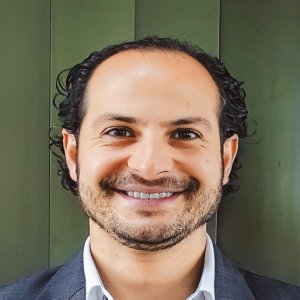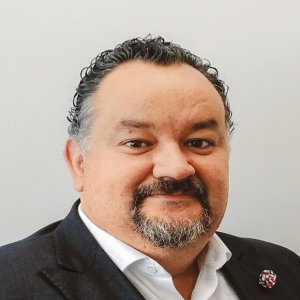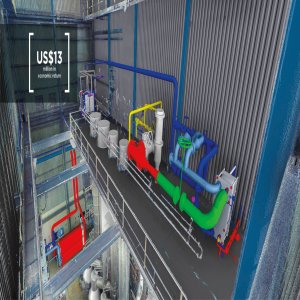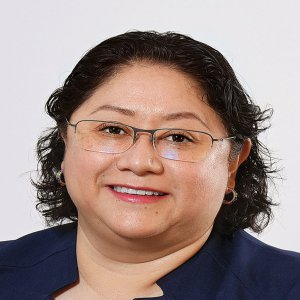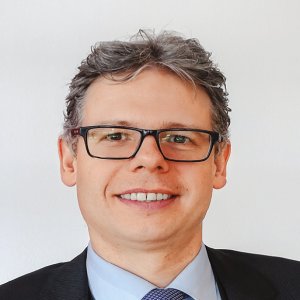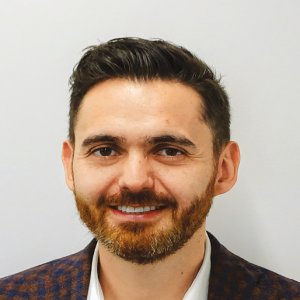Quality Project Installations Take Time

STORY INLINE POST
Q: What advantages will clients realize when selecting W.W. Williams as their project developer?
A: W.W. Williams is an official distributor of MTU products. While in the US the company focuses solely on selling equipment, in Mexico we have had to become developers due to the market's preferences. In the country, the roles of an equipment provider, an EPC company and a developer are not clearly established. Thanks to the broad experience we have gathered over almost a decade of working with CHP projects, and myself having worked in the renewable energies’ arena for even longer, we are capable of getting excellent results, benefiting all stakeholders. We have installed 18 projects in the country and none has had any subsequent problem. All these projects are still operating in optimal conditions, which is a clear statement of our capabilities.
Q: What do companies that require CELs in their dailybasis operations need to know?
A: There is a big difference between installing a renewable energy project, such as a PV rooftop, and actually generating CELs, but this is not completely understood by the people who have made that part of their CELs. To get a CEL, companies have to measure their generation and ensure it is recognized by the MEM, according to the regulation that is in place. This process can significantly increase the costs and times involved in the development of an energy system.
CHP does not have all its energy production recognized as CEL because it has a green and nongreen part, the green being the thermal and the nongreen being the electricity production. Some of the electricity produced can be recognized as CELs, but not all. Nevertheless, on average, solar systems find it hard to produce for 2,000h/y and reaching 2,500h/y is almost unheard of. Meanwhile, a CHP system can produce a minimum of 8,200h/y. This means that the share of energy considered as CELs that is produced by a CHP system is higher, more than three times compared to a solar installation. If the fuel is biomass then the generated energy 100 percent can become CELs, meaning that we become an even better option compared to either solar or wind. While we are an extremely good option to produce CELs, companies also need to know about our limitations. It takes 18 months for a project to go from the initial studies to the end of the installation to start producing CELs. Many companies are not aware of that and now want projects to be installed right away for them to start producing and consuming CELs. That is not possible in such short time frames. In that sense, we are the first to admit when a project can not be developed, as we do not compromise quality over time or money.
Q: How would you rate the role of FIDE as a program to promote renewables and energy efficiency?
A: Although it is a good program that has correctly evolved over time, in the beginning it committed the error of making it too easy to implement projects, which then created problems in the installed systems and made clients stop trusting on the benefits that renewable systems, such as solar ones, have to offer. This even caused some clients to refuse paying the projects as they were promised a saving that never materialized. Now, thanks to the cuttingedge technologies we use, we have placed CHP projects, together with the support of FIDE, that have ROIs of less than four years and are looking to replicate them as much as possible all over the country.
Q: What common struggles do companies find when developing renewable projects in Mexico?
A: When performing the installation of a project, usually two main hurdles arise. The first is that many developers start the project but are not able to finish it because the permits with CRE are not properly managed and the project cannot get interconnected. Secondly, it is common that the project does not reflect real costs and therefore the capital for the development of the project is exhausted sooner than expected.
